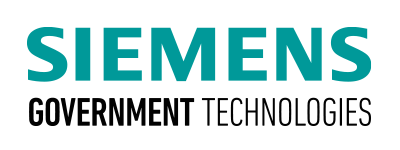2. Leverage AI to make buildings autonomous - not just automated
When it comes to government deployments of AI, the spotlight often shines brightest on high profile defense applications, such as using drones for target detection. Yet, AI in smart building management will become a necessity in the coming years to make federal facilities and installations more autonomous —not just automated.
Smart building technology uses IoT sensors and devices to monitor HVAC and lighting, motion, humidity, access and electrical controls, threat detection and security. The data from these sensors then feeds a variety of controllers that can help site operators automate building management and make it more predictive and responsive.
For example, smart HVAC controls can help reduce energy consumption in unoccupied sections of buildings. They can also detect and diagnose faults, predict routine maintenance, and provide insight into how facilities can cut back on HVAC usage during peak energy demands. Similarly, smart lighting includes advanced controls and sensors that operate lights only when needed, increase efficiency, and enable daylight harvesting.
Agencies that deploy smart building solutions can operate more efficiently. Selecting the right partner for creating or upgrading a smart building means working with experts in emerging technologies. Siemens Government Technologies (SGT) works closely with federal agencies to deliver smart building solutions that increase operational efficiencies, safety, and security throughout federal facilities.
SGT is at the forefront of providing advanced building and security technologies across the Siemens advanced technology portfolio through modular and flexible building automation and integrated energy efficient systems capable of evolving with any facility over time. We are actively working with the U.S. Army to update existing building automation systems using the Siemens Desigo CC building management platform at a wide range of installations including Fort Wainwright and Fort Greely, Alaska, and Fort Drum, New York. We are also completing smart HVAC upgrades, lighting improvements, and expanding existing SCADA systems at the Corpus Christi Army Depot in Texas.
